What Do Cherries Symbolize in Art and Literature?
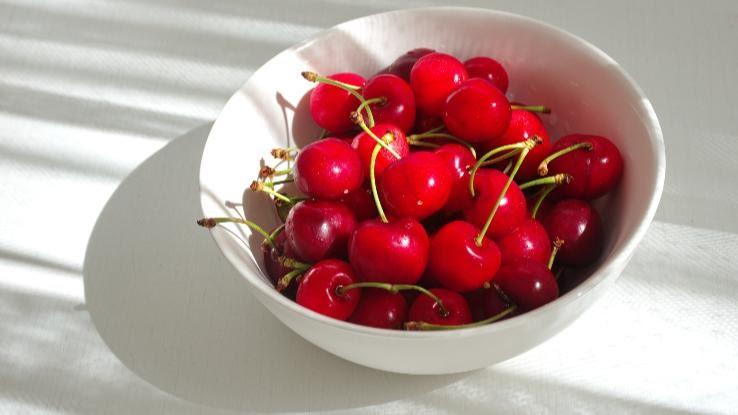
When you think of cherries, you likely think of their bold pop of color, their sweet and luxurious taste, and their frequent presence in popular desserts. But for centuries, cherries have played important roles in art and literature, especially when it comes to symbolism.
Of course, depending upon the work in which cherries appear, their meaning varies. Much of that variation stems from the era in which the work was produced. Want to learn more about the meaning of cherries? We’re delving into the symbolism of cherries throughout art and literature below.
History of Cherries
The sweet cherries we know and love today originated in Asia — in the rich soil between the Caspian and Black Seas. The earliest known reference to cherries is in History of Plants by Greek philosopher Theophrastus, who lived from 371 to 287 BCE. How cherries got from Asia Minor to Europe remains something of a mystery, but the common belief is that birds carried them between the continents.
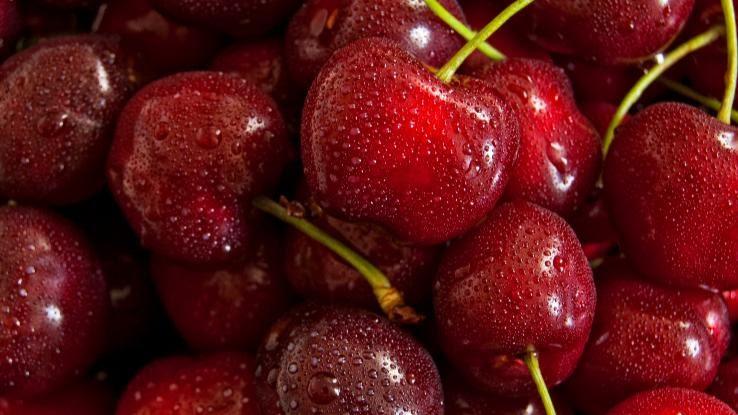
Early colonizers eventually brought cherries to America by ship in the 1600s. In the centuries since, cherries spread in popularity throughout the world, appreciated and embraced by everyone from Roman conquerors to Chinese aristocrats, from working-class immigrants to amateur and professional chefs alike.
Meaning and Symbolism of Cherries
Have you ever asked yourself, “What do cherries symbolize?” If so, you might be surprised to find that the answer varies largely depending upon what moment in history you’re looking at. For example, medieval art and literature imbued cherries with a sacred significance. In “The Cherry-Tree Carol,” a Christmas ballad sung as early as the fifteenth century, the pregnant Virgin Mary and Joseph travel to Bethlehem for the census. Along the way, they stop to rest in a cherry orchard, and Mary asks Joseph to pick cherries for her to eat and nourish the unborn child.
Spitefully, Joseph tells her the father of the child, and not he, should pick the cherries. Jesus, still growing in Mary’s womb, speaks to the cherry tree and orders it to lower one of its branches to allow Mary to pick from it. When the branch indeed lowers, Joseph repents for his angry words.
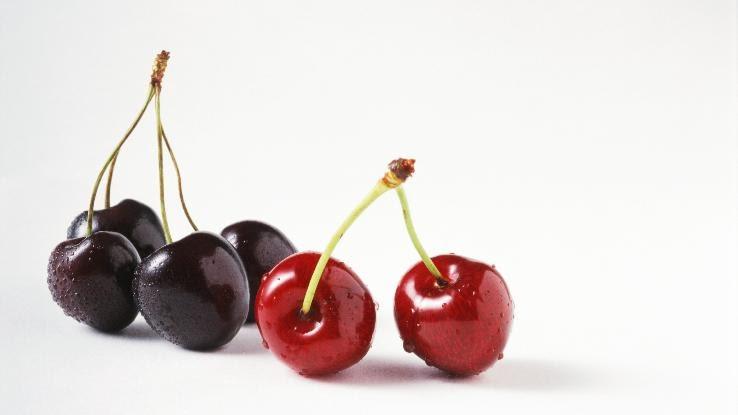
In the fifteenth century, Wakefield Master’s The Shepherd’s Play is another incidence of cherries as a sacred symbol. When the poverty-stricken shepherds visit Mary and the Christ Child in the stable, they bring lowly gifts because that’s all they can afford. The first shepherd gives Mary and Jesus a bunch of cherries. In this regard, the cherry is a humble — but acceptable — substitute for treasure.
Moreover, the medieval chivalric romance Sir Cleges tells the story of a poor knight who prays beneath a tree, asking that he and his family attain wealth. When he looks up, the tree is covered in cherries — a miracle. This portends good things to come. He and his son take the cherries to the king, who, out of gratitude for this miraculous gift, provides them with wealth and means.
Over time, cherries took on a more secular meaning, becoming associated with sex. Writers viewed cherries as ripe, full, and waiting to burst, all appropriate euphemisms for the erotic, especially as it relates to virginity and the male anatomy. For example, in William Shakespeare’s A Midsummer Night’s Dream, Thisbe proclaims, “My cherry lips have often kissed thy stones.” Some scholars believe that the “stones” in this sentence refer to testicles.
Seventeenth-century English lyric poets Josuah Sylvester and Robert Herrick compare cherries to nipples and breasts. Also in this period, English poet Charles Cotton likens a maiden’s pubic hair to black cherries, and author John Garfield refers to sex as “playing at the Bobb-Cherry.” In their erotic novel The School of Venus (1655), French authors Michel Millot and Jean L’Ange compare the tip of a man’s appendage to a cherry.
As time passed, the erotic symbolism of cherries became even more direct. The Oxford English Dictionary records 1889 as the year of the first modern reference to the cherry as a symbol for the hymen. Lexicographer Jonathon Green traces the origins of virgins “losing” their hymen — a.k.a. their “cherry” — to the early years of the twentieth century, when it entered mainstream slang.
Modern works featuring cherry symbolism include Vladimir Nabokov’s Lolita; Jeanette Winterson’s Sexing the Cherry; and songs like “Cherry Pie” by Warrant, “Cherry Red” by ZZ Top, “Cherry Cherry” by Neil Diamond, “Cherry Bomb” by The Runaways, and “Blow” by Beyoncé.
Spiritual Meaning of Cherries
In Christian texts, cherries’ spiritual meaning centers primarily on the miraculous and the divine. The fruit often grows or appears in unlikely circumstances, serving as evidence of god’s wondrousness and glory. The spiritual significance here is that with god, all things are possible — as shown when a cherry tree bends to allow its fruit to be picked.
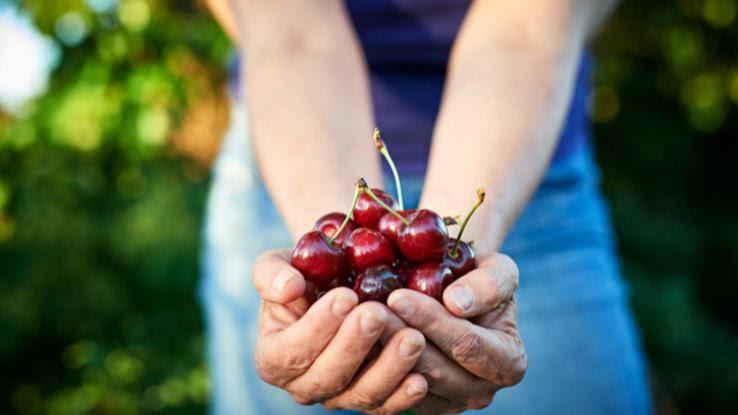
Moreover, Japanese culture has associated cherries with the spiritual concepts of life, death, and rebirth. This gives them a special significance when presented as a gift. The Japanese offered cherry blossoms to Kamikaze pilots to honor their actions during World War II. Japan has also honored its relationship with the United States by sending cherry trees as a symbol of friendship and unity.
Cherry Symbolism in Art
Cherries appear throughout works of visual art, including paintings and embroideries. They typically represent good fortune, celestial wealth, and the fruit of paradise. In some paintings, they are the focal point of the entire picture. In others, they dangle discretely from a subject’s hand or, as is the case in a famous painting of Elizabeth I, from the ears.
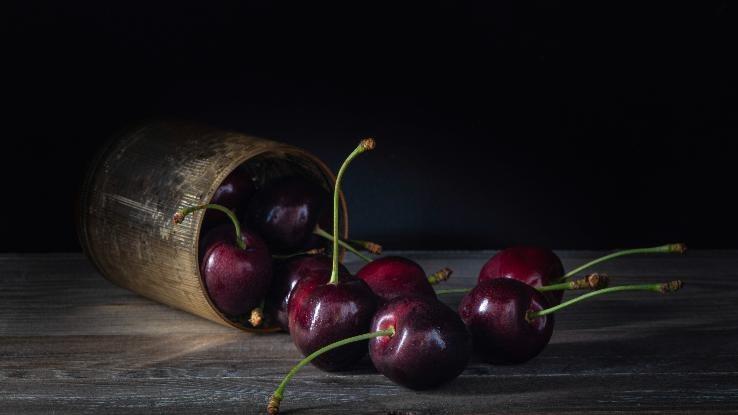
Cherries feature, in varying degrees, in a number of famous paintings, including The Cherry Gatherers by François Boucher, Girl Under the Cherry Blossoms by Émile Vernon, Madonna with Cherries by Tiziano Vecelli, Cherries by Virginia Granberry, and The Boy with Cherries by Edouard Manet.
The meaning of cherries in art and literature runs the gamut from the lofty and sublime to the sexual and devout. To understand what cherries represent, you need to look at the context of the work in which it was used and the era in which it was produced. However, no matter the context, it’s clear that cherries are ripe with meaning.





